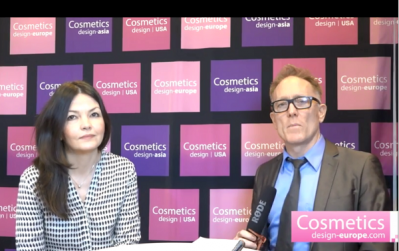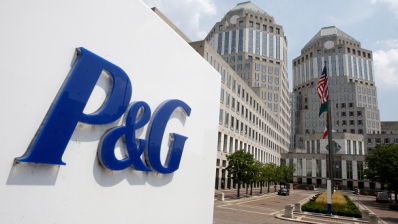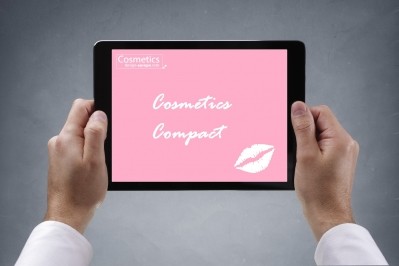Splitting up P&G ‘would not be commercially beneficial’

Only last week the Ohio-based firm posted its fiscal first quarter results and it did not make for great reading, with a big drop in net sales, and Beauty and Grooming were among the biggest culprits.
This was mainly down to weaker demand for its products, as competitors also steal market share, and despite an ongoing $10bn cost cutting programme, there have been numerous calls for structural changes, with splitting the company up being one of them.
The demands even brought back CEO Alan G. Lafley out of semi-retirement in 2013, tasked with giving the company a new direction, but even he conceded a couple of weeks ago that it has been a tough year for the company.
More new challenges
Now, Lafley is handing the reins over to Beauty chief David S. Taylor, and the incoming CEO will have a job on his hands, but that should not necessarily be facilitating the company’s split up, according to Euromonitor’s Senior Analyst, Oru Mohiuddin.
“The company needs to invest in both product development and understanding of market demography influencing consumer demand,” she says, referring to the weaker volumes the company shifted in its fiscal first quarter.
“Splitting up the company could potentially prevent the company from savings on procurement, production as well as distribution, which it can in turn invest in R&D and market research to drive future growth.”
Moreover, Oru adds that the additional splitting and administrative cost may not be ideal for the company at the moment.
Beauty blues
As mentioned above, the Beauty market, down 12%, along with Grooming, down 14%, were the worst performers in the quarter, but Mohiuddin says that it is not just beauty division that has been facing challenges.
She says the trends are similar across all categories, which have performed positively in emerging markets but coming under pressure in the US.
“The US is a highly competitive market, reaching a higher level of maturity for [all] categories,” says the Beauty expert.
“Growth in this market means combining multiple strategies including sophisticated product ranges at higher pricing tiers, but also carrying a range of offerings accessible to consumers at different income levels.”












